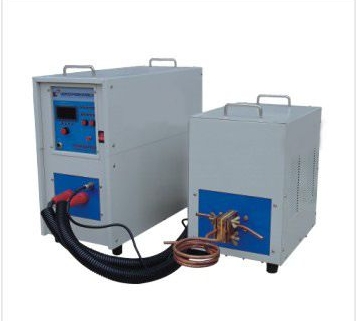- 08
- Dec
Operation mode of quenching equipment for machine tool rails
Operation mode of quenching equipment for machine tool rails
The machine tool guide rail quenching equipment adopts the continuous quenching method. The commonly used machine tool structure can be divided into two types of structure: machine bed movement or sensor movement. Need to move, when the transformer/inductor is used to move, the quenching bed does not need to be moved, the parts are fixed and installed, and the area is small. The cable and cooling waterway need to be moved with the transformer. Due to the integrated design structure of the transformer and the capacitor bank, the cable moves Will not increase power output loss.
When we use the inductor moving structure for quenching, the bed of the machine tool is fixed, and the inductor moves along the quenching direction of the guide rail to perform continuous quenching. Considering the quenching of the two sides of the guide rail and the advance and retreat movement of the inductor, the quenching transformer should have With the functions of lateral movement and up and down movement, when one rail is quenched, the inductor automatically moves to the other rail for continuous induction hardening, thereby completing the entire quenching process.
Operation of ultra-audio frequency quenching equipment for machine tool (bed) guide rails:
1. First, put all the buttons on the operation panel in the on position.
2. The power adjustment knob can be adjusted to the middle position first.
3. The equipment is adjusted to one end of the workpiece (bed), and the inductor is aligned with the quenching surface. If the sensor sprays water to the left, the sensor moves to the left end of the workpiece, and the equipment moves to the right for quenching. If the spray direction of the sensor is to the right, the sensor will move to the right end of the workpiece and move from the right end to the left end for quenching.
4. The preparations have been completed, turn on the water spray switch, and then press the heating button to start heating. Then press the left forward or right backward button to move the device.
5. Observe the heating temperature. When the temperature is low, you can slowly adjust the power knob to a suitable temperature.
6. When the quenching temperature cannot be reached when the power is adjusted to the upper limit, the longitudinal movement speed should be appropriately reduced.
7. Turn off the power after quenching is completed.

